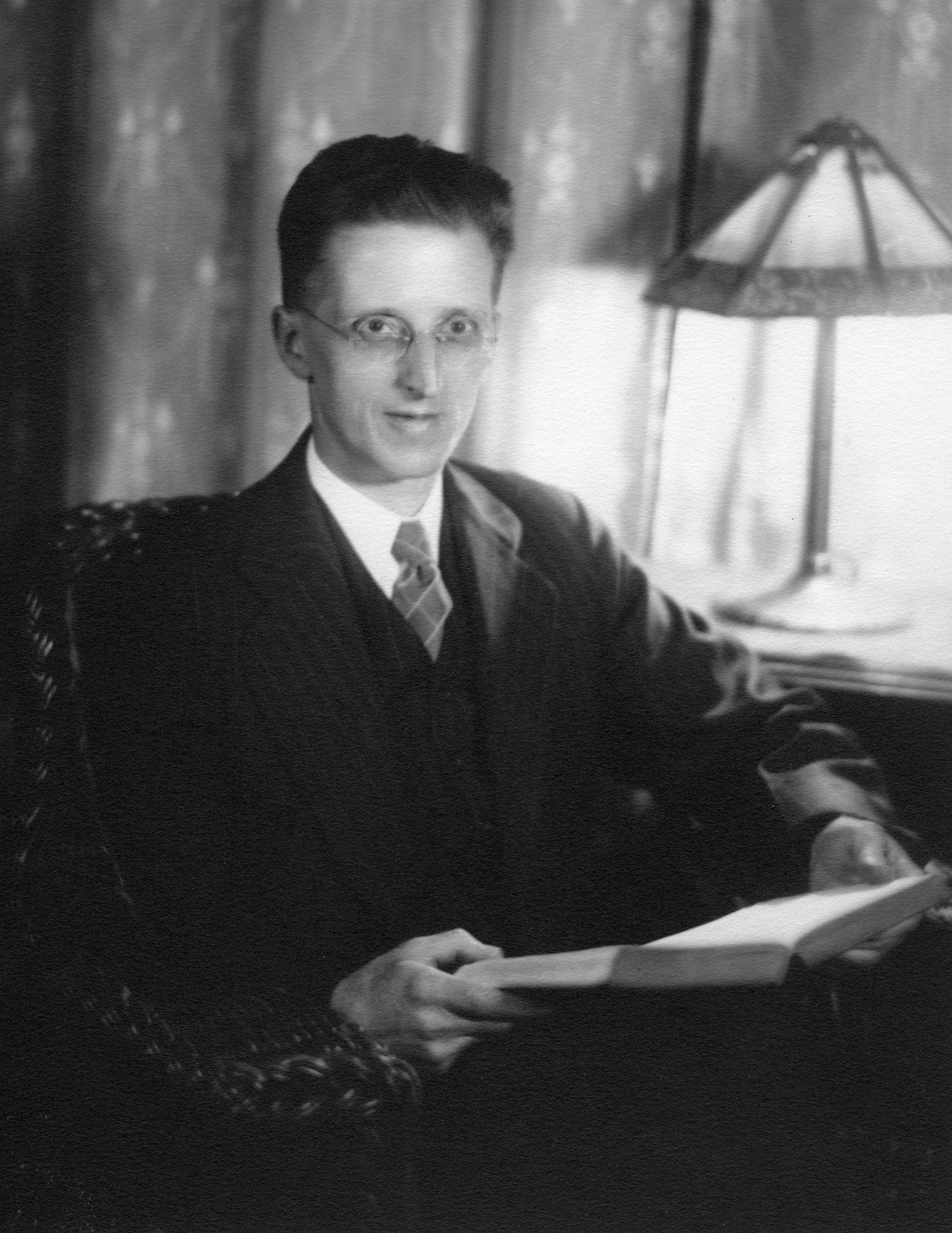Courtesy of the University
of Illinois Archives ©While at the University of Illinois, Edward William Dolch, Ph.D. (1889-1961) published a book called Problems in Reading to improve the way reading was taught. Of the thirty-two chapters, one chapter elaborates on obtaining a basic sight word vocabulary. Dolch decided to ascertain which sight words were of the most value. He understood the shortcomings of memorizing a long standard word list, stating, “… such lists contain five hundred words or more, too many to be given drill as a sight vocabulary.”
Dolch Selected High Frequency Words
After careful analysis and professional judgment, he derived a list of the most common words, commonly referred to as sight words. The Dolch list includes conjunctions, prepositions, pronouns, adverbs, adjectives and verbs; it includes 220 words. He referred to these words as “tool” or “service” words because they are used in all writing regardless of subject matter.
Dolch Excluded Nouns
Dolch intentionally excluded nouns from his sight word list. Most nouns are not universal but rather linked to a particular activity or subject matter. He stated, “If new subject matter is used, new nouns must be used.” Dolch did recognize that some nouns do occur frequently (e.g. thing, man). However, he further states, “… in the case of most nouns the rule applies that they are ‘local’ to a particular activity or interest.” As a result, he provided a separate list of nouns that were pertinent to both young children’s interests and first-grade activities.
Dolch’s Sight Word Research
Dolch’s sight word research stands the test of time as his pioneer research continues to be used in classrooms today. Many elementary school curriculums refer to the Dolch list when compiling their sight word lists. These words represent over half of English text. “Hence, every child should learn to recognize them instantly by sight.” Learning to read is at the core of any curriculum; a skill that will determine a child’s academic success. Dolch eloquently stated, “A child’s language development is, next to his character, the most important part of his school experience.”
Dolch’s word list is the cornerstone of the sight word game, Erudition™.
Source: Dolch, E.W., Ph.D. (1948). Problems in Reading. Champain, IL: The Garrard Press.


I have a question. Do the Dolch sight word lists have to appear in the exact order they are listed in? I am wondering if there is a reason for the order.
Thanks
Dolch categorized the 220 sight words to assist educators in determining which words to emphasize or introduce first.
As I learn more and more about this magnificent man I continue to emphasize ownership over reading levels for at-risk inner city low-income minorities, English language learners and special needs learners. Thanks to Dolch’s research for standing the test of time.